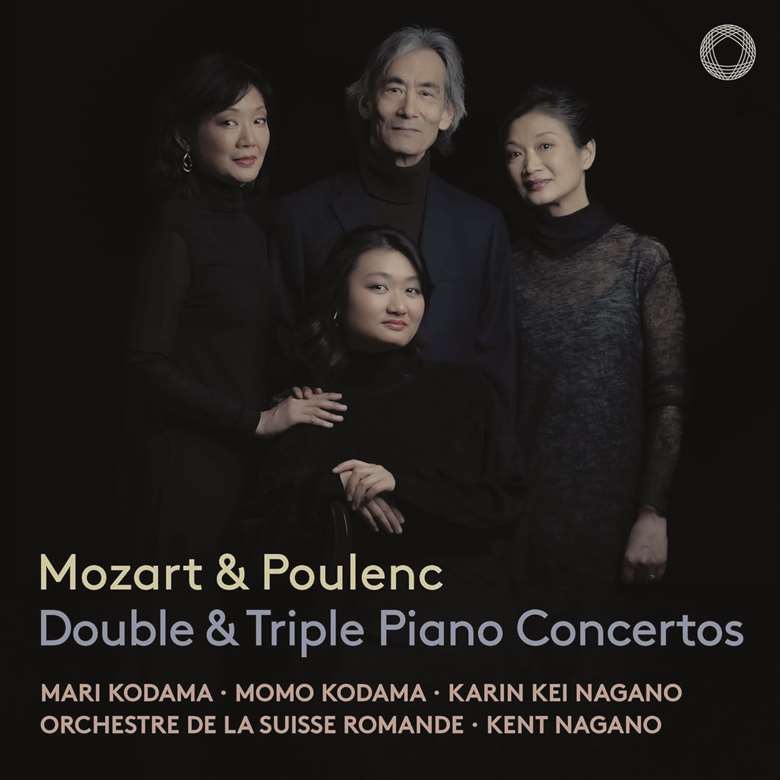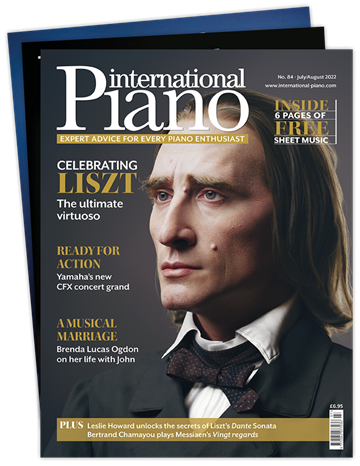Review - Mozart & Poulenc: Double & Triple Concertos (Karin Kei Nagano, Mari Kodama, Momo Kodama)
David Threasher
Friday, August 30, 2024
It’s a true family affair, and the rapport is palpable in performances that revel in the joyfulness abounding in both works

Mozart dedicated his 1776 Concerto for three pianos to the Salzburg noblewoman Countess Lodron and her pianist daughters. Around the same time, he composed the Concerto for two pianos to perform himself with his sister Nannerl, and later he adapted the three-piano work for one piano fewer, probably also to perform as a sibling duo.
Both pieces have always attracted family groups on record: Emil and daughter Elena Gilels in K365; Robert, Gaby and their son Jean Casadesus in K242; or (more recently) the Jussen brothers in the two-piano incarnations of both works, and the special case of husband and wife Robert Levin and Ya-Fei Chuang, joined by Laurence Cummings on a disparate and thrillingly non-matching combination of 18th-century keyboards with the Academy of Ancient Music. The pianos on this new album are, of course, more closely related, but then so are the players, starting with sisters Mari and Momo Kodama, plus Mari’s daughter Karin Kei Nagano on first piano in the Triple and paterfamilias Kent Nagano on the podium.
It’s a true family affair, and the rapport is palpable in performances that revel in the joyfulness abounding in both works. This recording was avowedly ‘a dream come true’ for the Nagano-Kodamas, and you can tell. There’s enough separation in the sound picture to discern each piano, and the Suisse Romande’s accompaniment is stylish and appropriate. Ear-catching moments include the burbling keyboard accompaniments in the Triple’s slow movement, or the satisfying ‘thwock’ as the theme returns with pizzicato strings in the same work’s rondo finale. I fancy, too, that Nagano père is so caught up in the moment that you hear his blissed-out vocalisations from the rostrum.
The usual fill-up for these two works is more Mozart – his Sonata for two pianos, K448. Here, though, Poulenc is the more-than-appropriate stand-in, the affinities between his D minor Double Concerto and his beloved Mozart made plain to hear. The SRO make the transition from 18th-century manners to the pungency of ’30s neoclassicism, and the Kodama sisters keep a straight face without mugging for the mics à la (say) Argerich and friends from Lugano in 2007 (DG). A delight from start to finish.
This article originally appeared in the Autumn 2024 issue of International Piano. Never miss an issue – subscribe today








